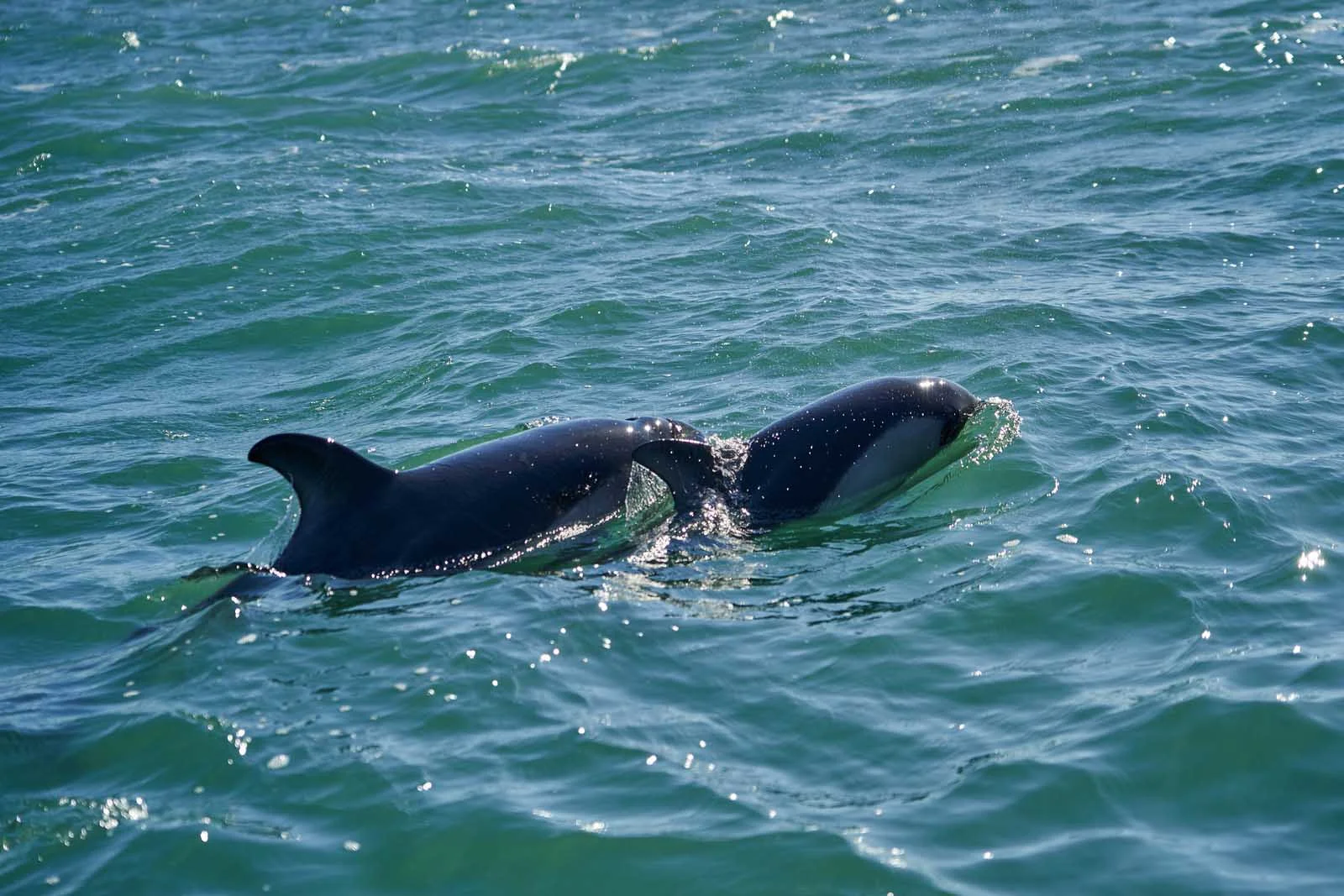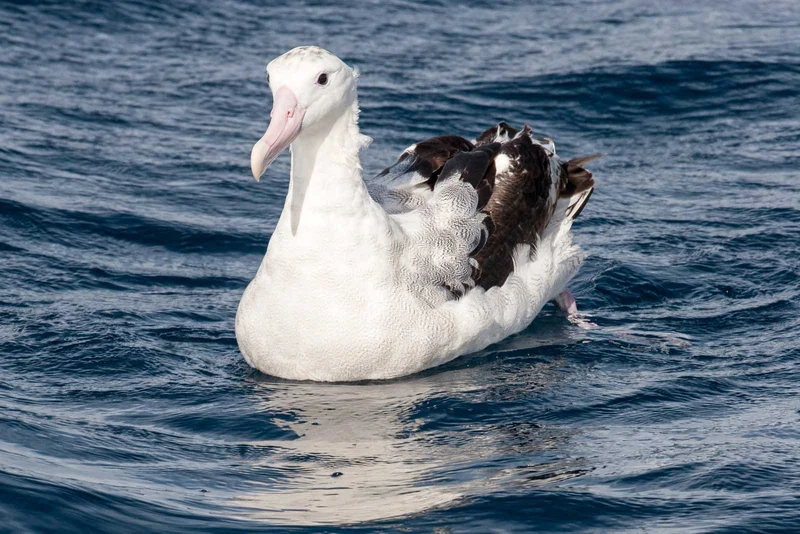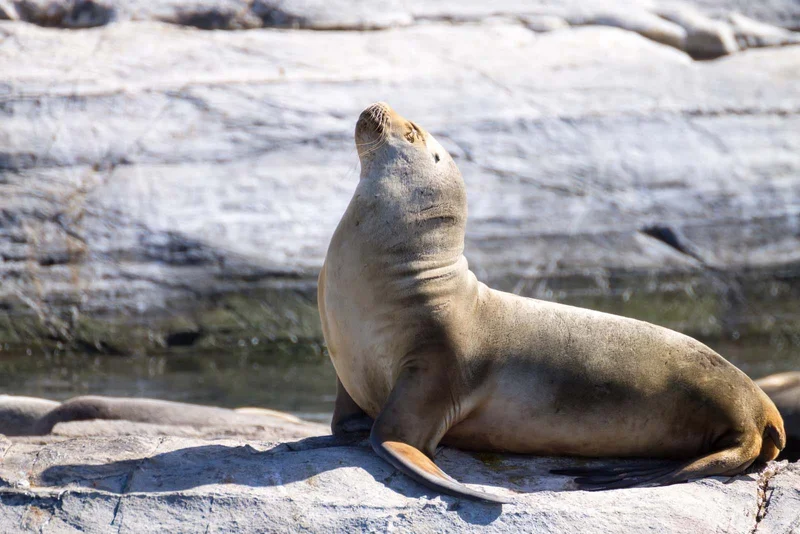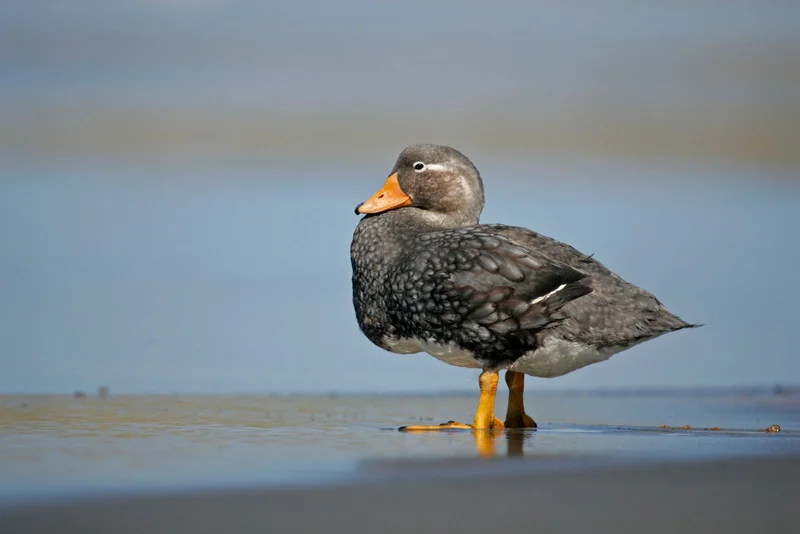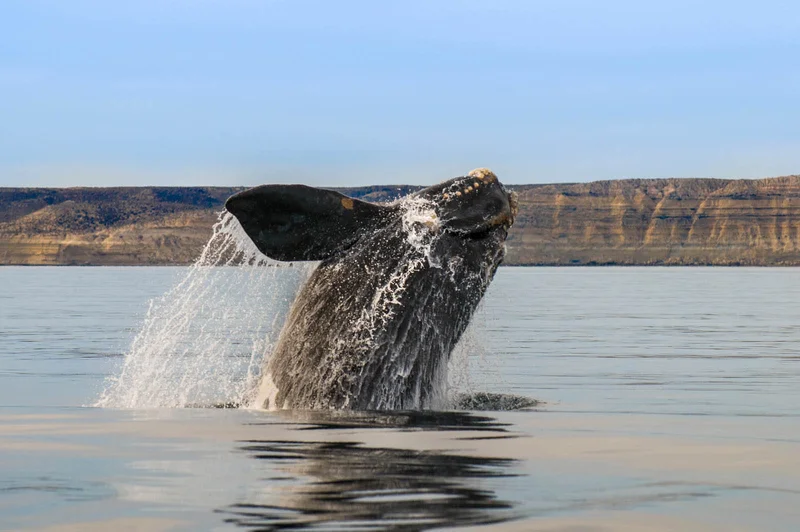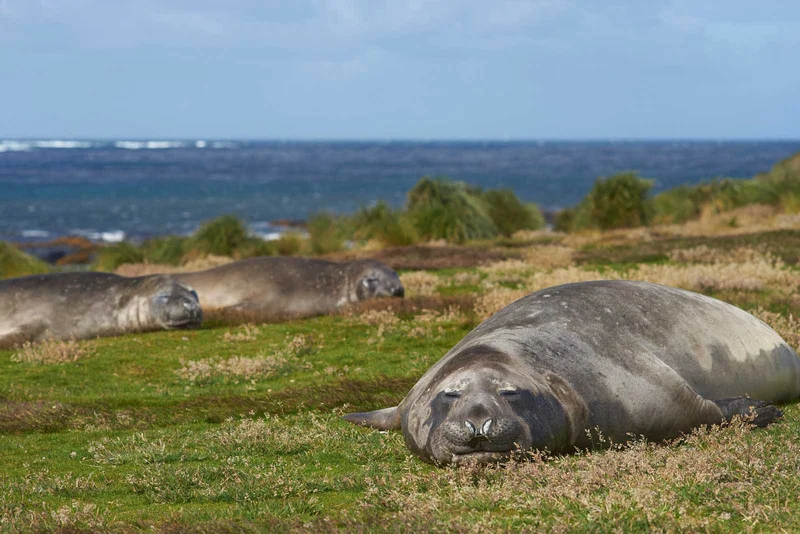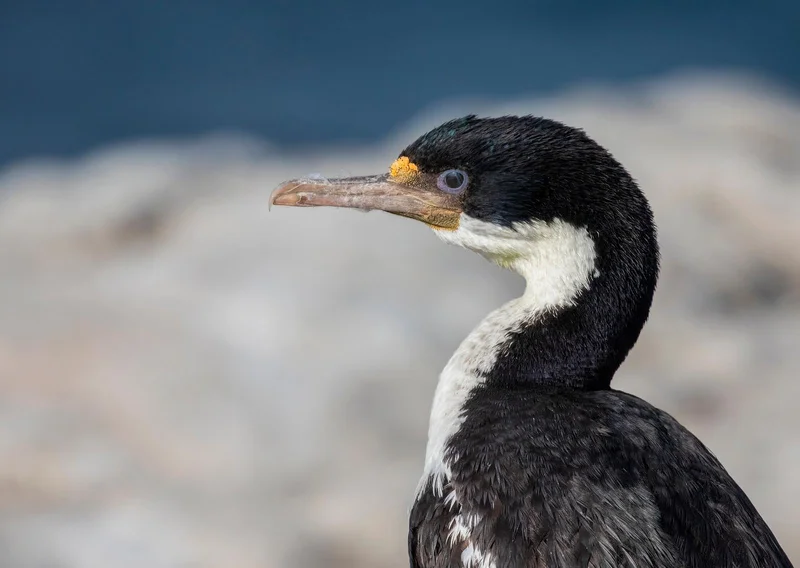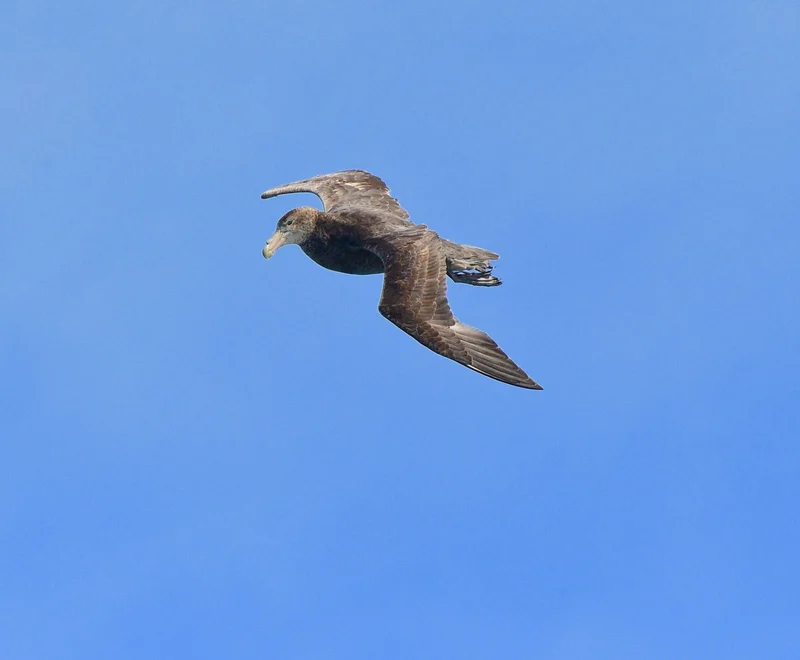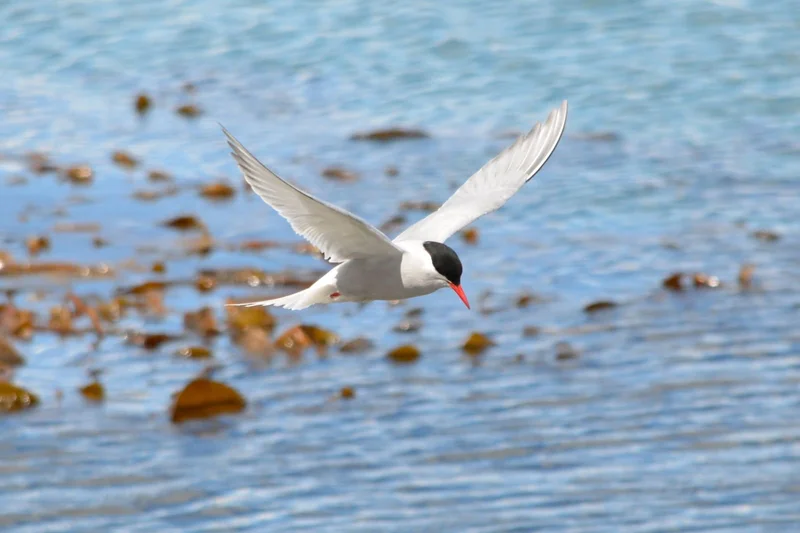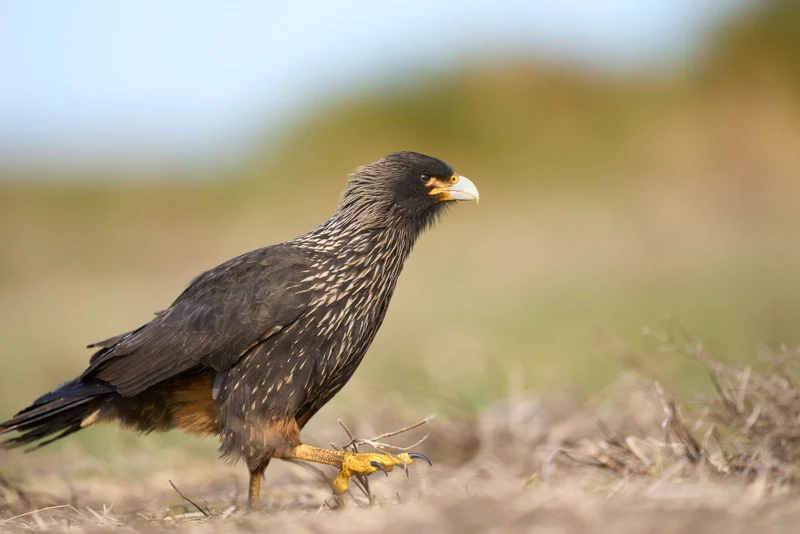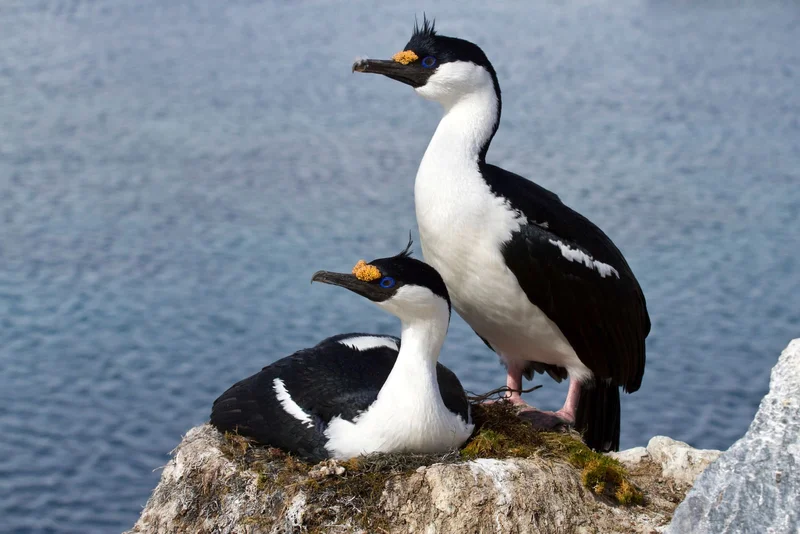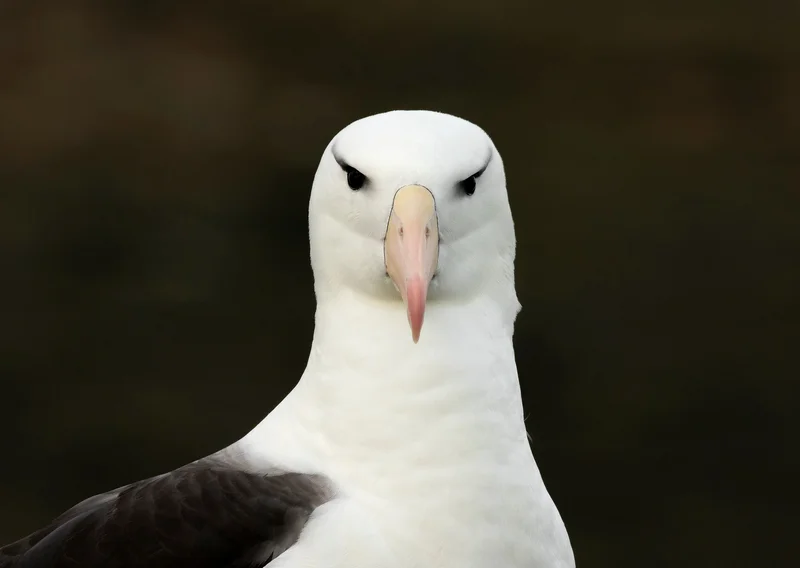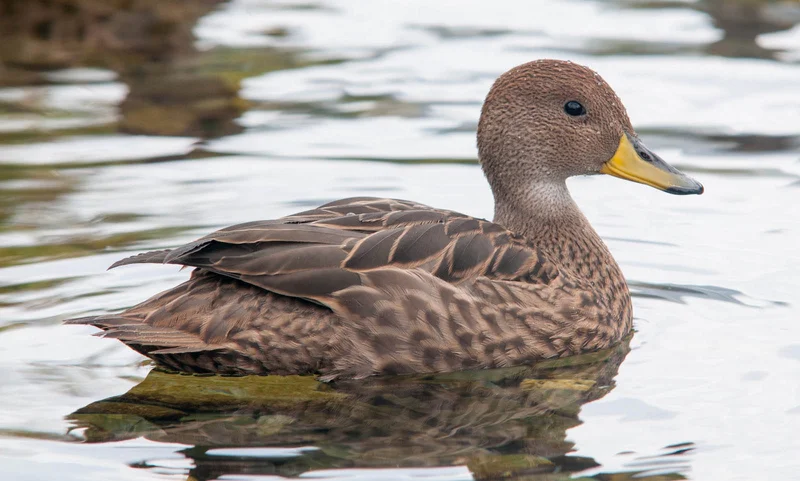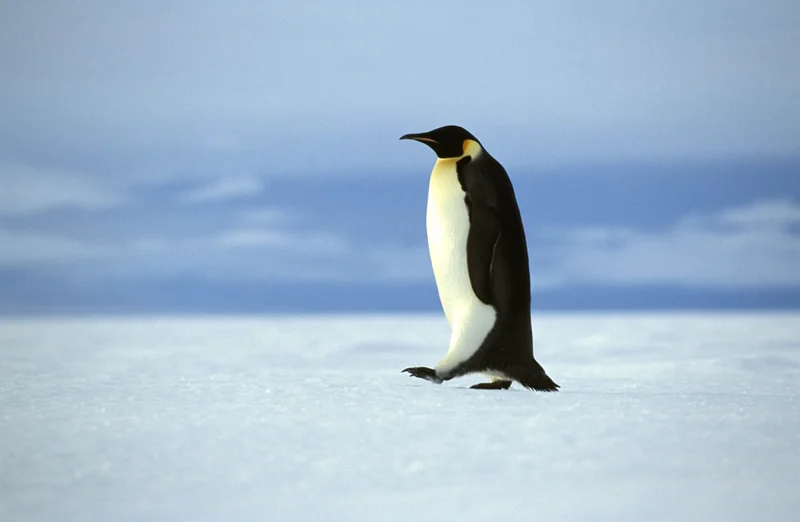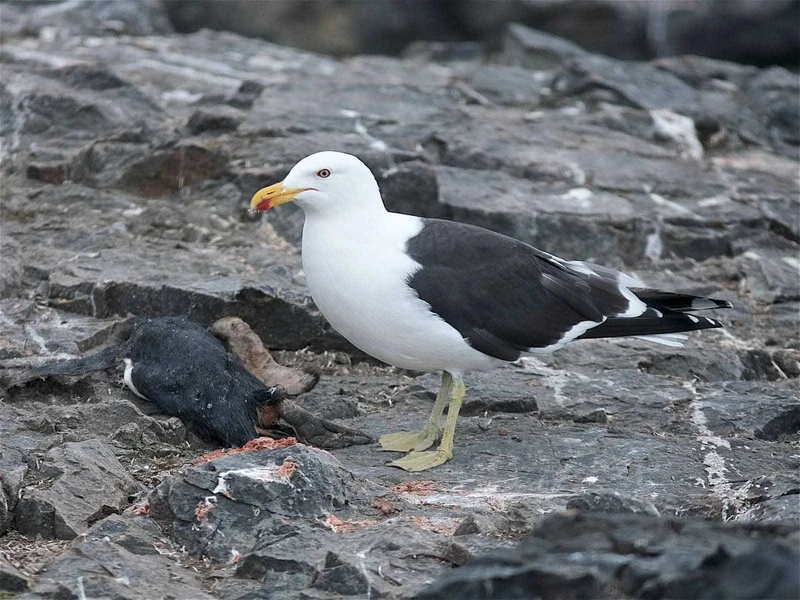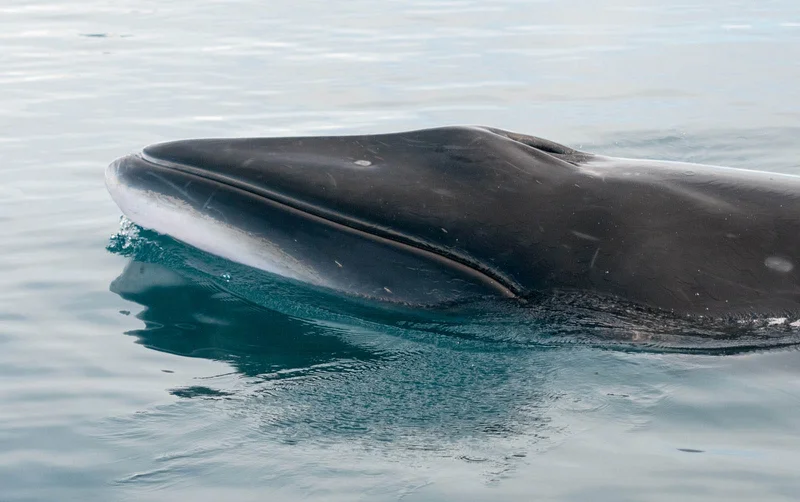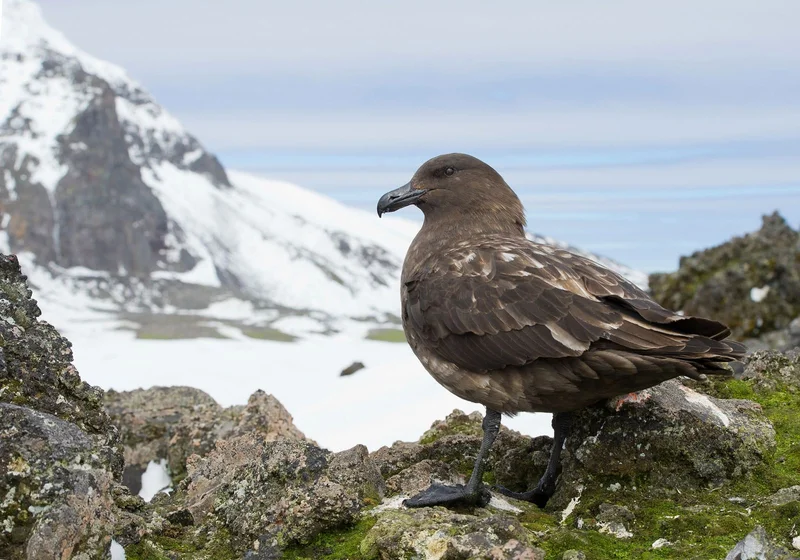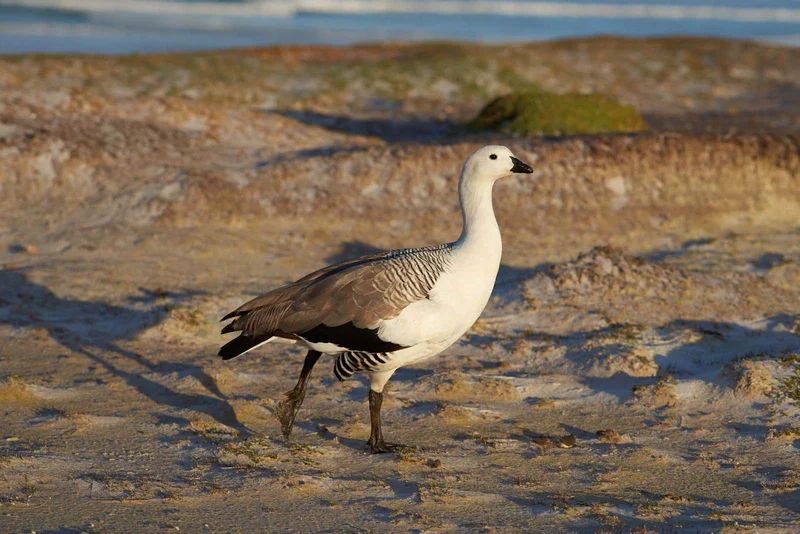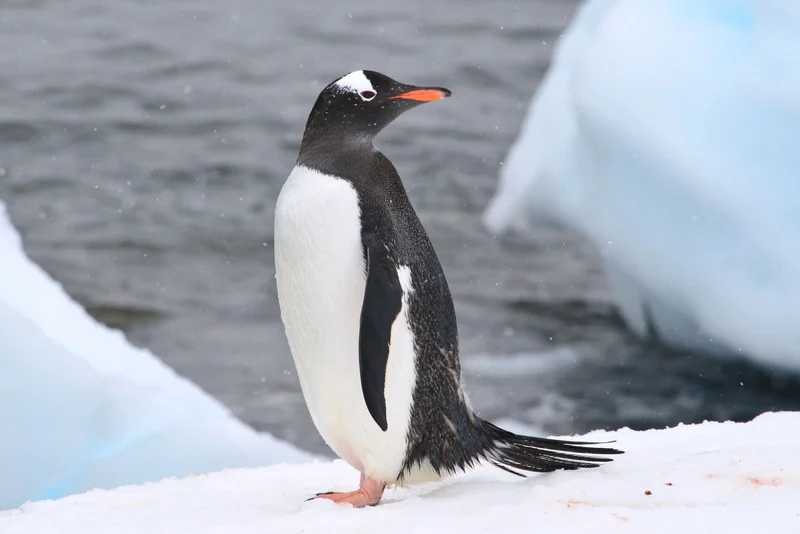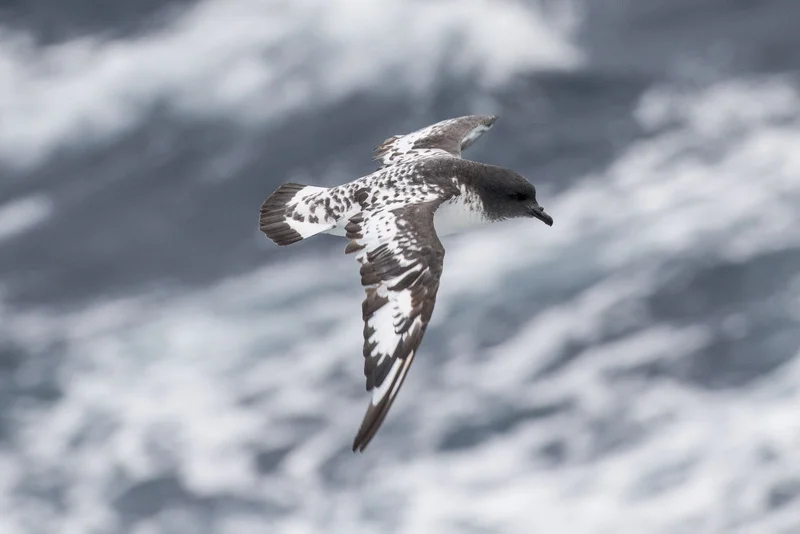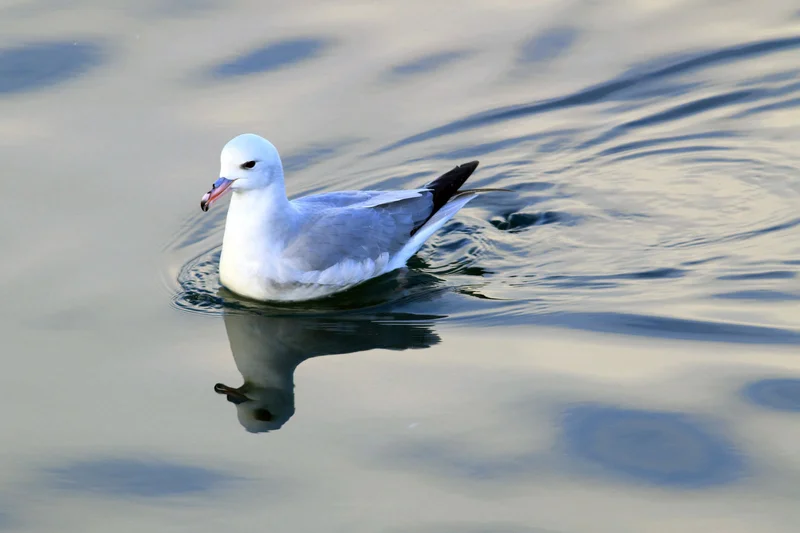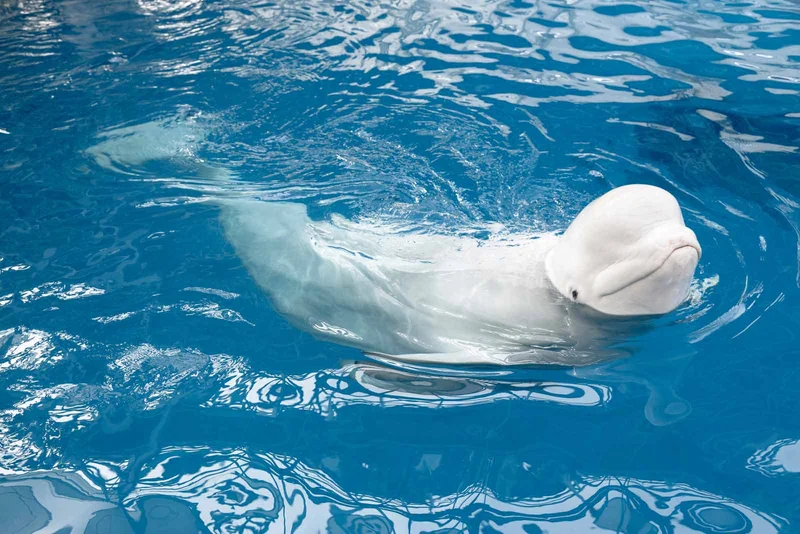Essential Peale's Dolphin Information
Peale’s dolphin, also called the black-chinned dolphin, is a small dolphin species endemic to the coastal waters of southern South America. They are often spotted on both the Atlantic and Pacific coasts, particularly around the Falkland Islands and the Beagle Channel, where they are known to ride the bow waves of ships.
Physical Characteristics
Peale’s dolphins can grow up to 2.1 meters (7 feet) in length and weigh about 113 kg (250 lbs). They have a black back with an off-white stripe along their sides and a white belly. Their face and chin are dark gray, and they feature a distinct white patch just behind each flipper.
Habitat and Behavior
These dolphins prefer fast-flowing waters like channel entrances and sheltered coastal bays. They are commonly seen hunting communally in kelp beds and open waters. Peale’s dolphins use group hunting techniques such as encircling to catch prey, which includes fish, octopus, squid, and shrimp. They typically gather in small groups of 5 to 20, although larger pods of up to 100 have been observed.
Population and Conservation
There are an estimated 21,000 Peale’s dolphins in the South Atlantic, though the exact population size remains uncertain. In the 1970s and 1980s, they were heavily hunted by Chilean fishermen for use as crab bait, with thousands killed each year. While this practice has reduced, it is not yet illegal. Concerns about the stability of the Peale’s dolphin population persist, and further research is needed to understand and protect this species.
Interesting Facts
- Group Hunting: Peale’s dolphins often hunt together, using sophisticated strategies like encircling their prey.
- Social Behavior: They are commonly seen in small groups but can occasionally form pods of 100 or more.
- Conservation Concern: Although hunting has decreased, the dolphin population remains vulnerable, prompting a need for more research and conservation efforts.
